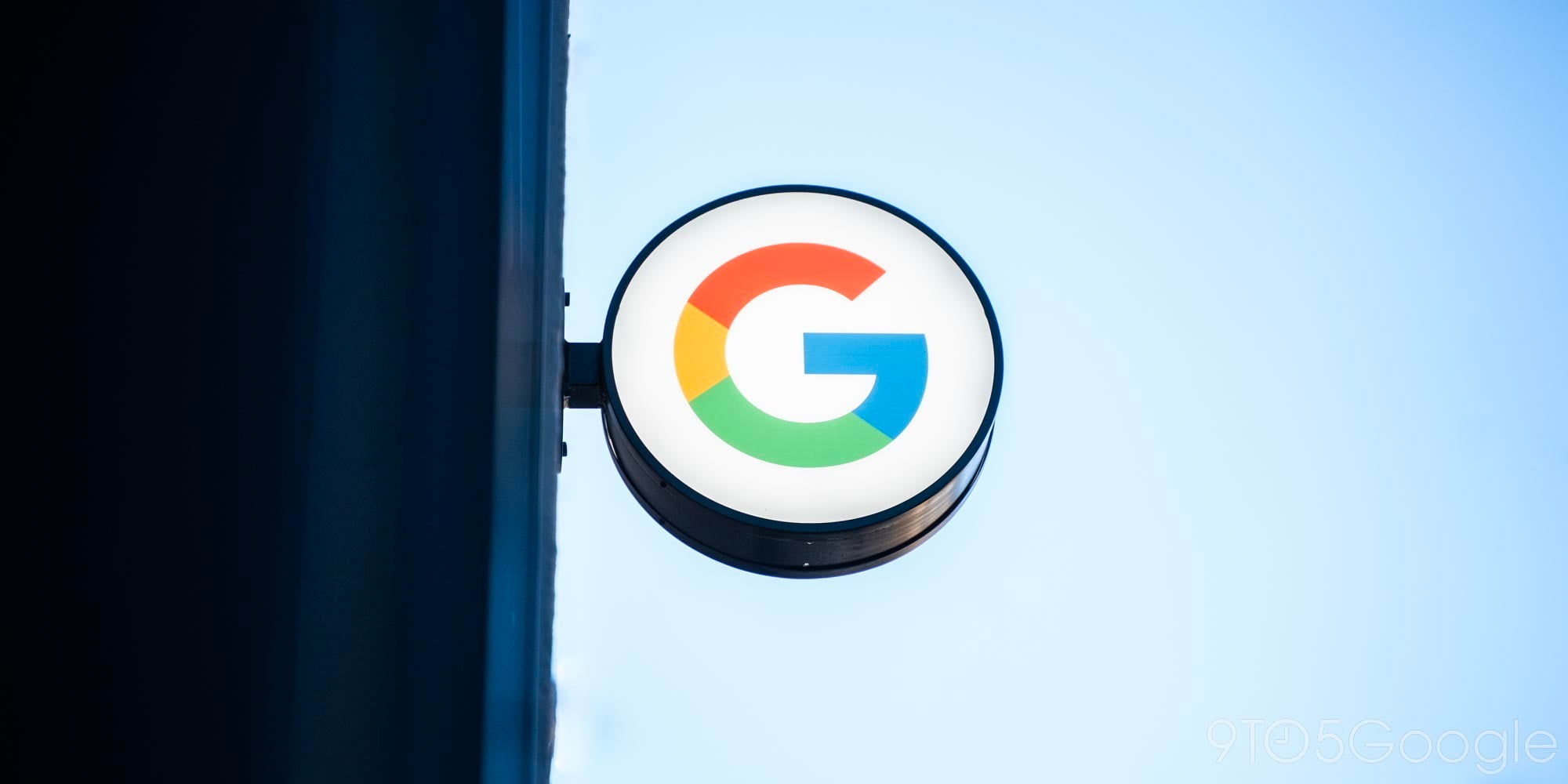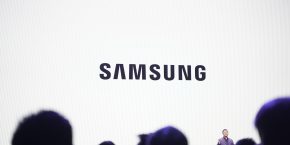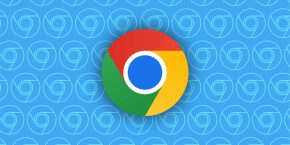
One of the biggest names in Chrome OS is Samsung, and that’s thanks largely in part to the Chromebook Plus the company launched in 2017. In the year since, Samsung has had a chance to learn from some of the problems with that machine, as well as watch Google continue to improve and evolve Chrome OS. Now, we’ve got the Samsung Chromebook Plus V2. Is it an improvement over the original? Is it worth your hard-earned dollar? Let’s take a closer look.
HARDWARE |
At first glance, I wouldn’t blame anyone for thinking that the Chromebook Plus V2 is the same hardware as the original. It looks very similar, but this generation has definitely seen some improvements. For one, there’s a new sleeker color on this model which I personally think is a big improvement.
The machine is also wider now thanks to a new display aspect ratio. We’ll talk about that more in a bit, but in terms of the actual hardware, it makes this machine feel more like a traditional laptop. Again, this feels like an upgrade to me, but it definitely has its pros and cons.
As for the materials, Samsung has a bit of a mix going on here. While the original Chromebook Plus was built fully from a lightweight metal, V2 is built half from plastic and half from metal. The bottom half of the machine is plastic and really, I don’t think that’s a bad thing in its own right. The build is sturdy and feels nice, but the differing materials do cause some issues.

The top half is a solid metal build, but it’s also much heavier, leading to a weight imbalance that is just infuriating. In short, the top half of the machine is significantly heavier, making the device a bit annoying to use on your lap, and it even feels a bit awkward on a desk. I spoke more about this back in my first impressions, and while I don’t consider it a deal-breaker, it’s certainly annoying.
PERFORMANCE |
One of the biggest issues I had with the original Samsung Chromebook Plus was performance. The ARM-based OP1 chipset inside of the machine was plenty powerful, but it clearly wasn’t up to the challenge the Plus presented. With a few Chrome tabs open and the weight of the pixel-rich display constantly bogging the processor down, the machine almost always felt slow. The Chromebook Pro fixed a lot of these problems with an Intel chipset, and with the Plus V2, Intel is back at the core.
There’s simply a Celeron chipset paired with 4GB of RAM inside of this machine, but that’s a tried and true formula for Chrome OS. Through my use of this machine, it hasn’t skipped a beat, easily powering me through having half a dozen tabs open and using Android apps. It’s not going to blow you away with speed like a Pixelbook, but it’s more than up to most tasks.
Android apps, also, have improved dramatically on Intel-based hardware. Things still aren’t totally perfect, but over the past year, Google has managed to make Android apps feel mostly native on Chrome OS. Some apps, like Slack, don’t work quite right yet, but others are just fine. My primary use case was Spotify, which works like a charm.

DISPLAY |
While the internals saw the biggest upgrade on the Chromebook Plus V2, the display sees the biggest downgrade. To precede this, Samsung has not used a bad display here, it’s just not nearly as good as what was on the original.
The Chromebook Plus V2 packs a 12.2-inch, 1920×1200 display. Compare that to the original’s 12.3-inch, 2400×1600 panel, and there’s already going to be a noticeable difference in sharpness. This, however, doesn’t bother me very much. What is a bit annoying is the brightness which is much lower on this new machine. For use indoors that’s fine, but when you take the machine out on a summer day, it becomes a bit of an issue.
The change from a 3:2 aspect ratio to a 16:10 ratio is an unexpected move as well. The taller ratio from the original is much better for web browsing and using the machine as a tablet, but the 16:10 ratio is better for videos and also for the machine’s overall size. It’s a tradeoff for sure. Personally, I’d pick the original, but there’s another variable that changes the equation – the keyboard.

KEYBOARD, TRACKPAD & STYLUS |
Last year I used both the Chromebook Plus and the Chromebook Pro in my daily workflow. However, neither of them stuck around and that’s for one reason: the keyboard. Samsung’s decision to go with a 3:2 aspect ratio for the display had a lot of benefits, but by using such a narrow ratio, the overall size of the machine had to conform.
For the keyboard, that meant things felt incredibly cramped. I could never get used to it, and I ended up just letting these machines fade into the background, even selling the Chromebook Pro I’d purchased. Thankfully, things have improved dramatically this time around.
The keyboard on the Chromebook Plus V2 is wider overall, leaving the end-user with a better spaced, more natural feeling keyboard. As someone who types all day for a living, transitioning to a new keyboard is still something that takes me a while most of the time, but the Chromebook Plus V2’s setup felt natural in a matter of minutes.

Samsung has really managed to do something great with this keyboard. Honestly, it’s just about as good as Google’s Pixelbook in terms of a typing experience. Though, it’s not backlit, which is a shame.
As for the trackpad, it’s fine. There’s nothing special about it and it definitely isn’t as good as the Pixelbook or any other “flagship” laptop, but it gets the job done.
Finally, there’s the stylus. As far as the design goes, it’s really not much different from the one on the original Chromebook Plus, just with a slightly different mechanism for actually ejecting the pen from the machine.
What is different this year is how Chrome OS treats a stylus. The OS has evolved a lot, and support is more mature now. There’s less lag when using apps like Google Keep, and support for stylus input just keeps getting better.

THE CAMERA
Samsung is marketing the Chromebook Plus V2 with its “world-facing camera” as a core aspect. In short, they really shouldn’t. The 16MP sensor in itself is good, but Chrome OS is horrible at handling photos. Shots come out lacking detail, and the camera app itself is dreadfully slow. This is something Google can, and really should improve, but for now, it’s just bad.
THE LITTLE THINGS |
Speakers
Audio is almost always a sore point with Chromebooks. The speakers are just either passable or terrible. The Chromebook Plus V2, though, is an exception to a certain extent. The downward firing speakers aren’t placed ideally, but they are of good quality. They have a decent amount of volume, sound clear, and have a shocking amount of bass for a Chromebook. There are plenty of laptops that beat this out, but overall, I’m pretty happy with these speakers.

Battery Life
An important aspect of any laptop is the battery life. Generally speaking, Chromebooks have solid battery life, and the Chromebook Plus V2 is no exception. My use of the Chromebook Plus V2 generally consists of having several tabs open at any given time, perhaps with an Android app open as well.
It’s by no means intensive usage, and the machine holds up well. I’ve never used the machine from 100% to 0%, but in general use, I drained the machine within about 5-7 hours of mixed use over the course of a day or two. The Pixelbook definitely has better endurance, specifically with less battery drain in sleep, but overall I’m happy with the battery life here.
Ports
I love that Samsung decided to include a full-size USB port on the Chromebook Plus V2. It’s a great addition since, in reality, that technology isn’t going away any time soon. However, I am annoyed that the company decided to move the second USB-C port to the other side, leaving them both on one side of the device. It’s a minor qualm, but being able to charge from either side of the machine is a convenience that’s hard to give up.

FINAL THOUGHTS |
At the end of the day, the question surrounding the Samsung Chromebook Plus V2 is this: is it worth getting over the original? This really is a tough one to answer. The original Chromebook Plus is a fantastic machine. The second generation improves the formula in a lot of crucial areas.
All this said, it’s still not up to par with Google’s first-party offering — but that’s to be expected with a much lower price. I’d say in bang-for-your-buck, this is the second best Chromebook.
Personally, I’d probably end up picking up the second generation just for the sake of the better keyboard. However, if Android apps are a big motivation for you buying it, the original may suit you better. Or, you know, just get the Chromebook Pro. Or if you have the cash, a Pixelbook.
FTC: We use income earning auto affiliate links. More.




Comments